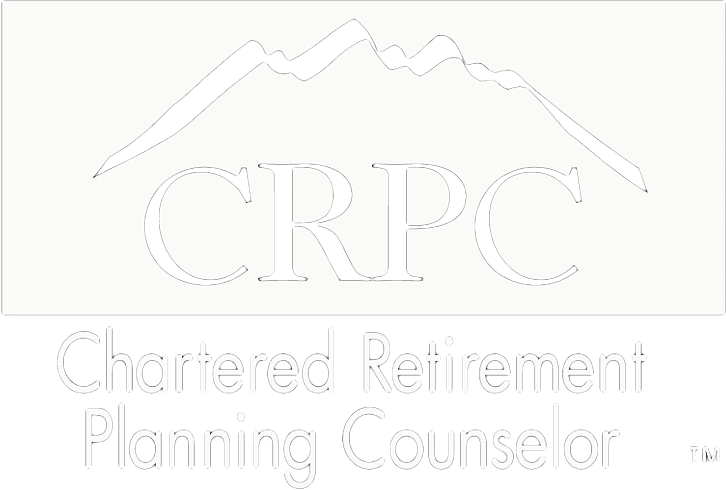
In the vast landscape of financial markets, where uncertainty and volatility reign supreme, navigating the path to wealth accumulation can seem like traversing a treacherous terrain. Yet, amidst the myriad of investment strategies and methodologies, there exists a guiding principle—one that promises not just returns, but returns that are optimized relative to the risks undertaken. This principle, known as risk-adjusted investing, is the cornerstone of sound wealth management, offering investors a roadmap to unlocking higher returns while mitigating the inherent perils of market fluctuations.
Imagine this: You've diligently saved and invested your hard-earned money, entrusting it to the whims of the market in hopes of securing a brighter financial future. Yet, despite your efforts, you find yourself facing a disheartening reality: your portfolio's returns are lackluster, failing to keep pace with your expectations, or with the benchmarks. It's a scenario all too familiar for many investors, where the promise of wealth creation seems tantalizingly out of reach. Fear not, as there exists a beacon of hope: the philosophy of risk-adjusted returns. Let's explore how embracing a risk-adjusted portfolio can offer the potential for higher returns without subjecting your hard-earned capital to undue risk.
Understanding Risk-Adjusted Returns
At its core, a risk-adjusted return is a metric that evaluates an investment's performance relative to the level of risk undertaken to achieve that return.
Consider this scenario: two investments have similar average returns, but upon closer examination, one might have experienced significantly higher volatility, or fluctuation in value, over time compared to the other. In this context, risk-adjusted return helps investors discern which investment truly offers the best bang for their buck, taking into account the inherent risks involved.
To put it simply, risk-adjusted return allows investors to answer a crucial question: Are the returns generated by an investment commensurate with the level of risk taken to achieve them?
By incorporating risk into the equation, risk-adjusted return provides a more nuanced and comprehensive assessment of an investment's performance than simply looking at raw returns. It enables investors to gauge whether the potential rewards outweigh the potential pitfalls, helping them make more informed decisions in allocating their capital.
Furthermore, risk-adjusted return serves as a valuable tool for comparing investments across different asset classes and risk profiles. For instance, it allows investors to assess the relative performance of a high-risk, high-return investment against a more conservative, low-risk option, taking into account the differing levels of volatility and uncertainty inherent in each.
Types of Risk-Adjusted Returns
There are multiple methods to measure risk-adjusted returns, but the two most widely recognized are the Sharpe ratio and the Sortino ratio.
Sharpe Ratio
Developed by Nobel laureate William F. Sharpe, the Sharpe ratio compares the return of an investment to its volatility, or standard deviation. The higher the Sharpe ratio, the better the risk-adjusted return. At its core, the Sharpe ratio quantifies how much excess return an investment generates per unit of volatility or risk.
To calculate the Sharpe ratio, the excess return of the investment (the return beyond the risk-free rate) is divided by the standard deviation of its returns. The formula is as follows:
Sharpe Ratio = (Return of Investment - Risk-Free Rate) / Standard Deviation of Investment
Here, the higher the Sharpe ratio, the better the risk-adjusted return. A higher Sharpe ratio indicates that the investment is generating more return for each unit of risk undertaken. In other words, it helps investors assess whether the additional risk they are taking on is justified by the potential return.
For example, let's say an investment has an average annual return of 10%, with a standard deviation of 15%, and the risk-free rate is 2%. The Sharpe ratio would be calculated as follows:
Sharpe Ratio = (10% - 2%) / 15% = 0.533
A Sharpe ratio of 0.533 suggests that the investment is generating 0.533 units of excess return for each unit of risk.
Sortino Ratio
Named after Frank A. Sortino, the Sortino ratio goes a step further by only considering downside risk, or the risk of losses. It focuses on the volatility of negative returns, providing a more nuanced view of risk-adjusted performance, particularly for risk-averse investors. While the Sharpe ratio considers total volatility, including both upside and downside movements, the Sortino ratio only takes into account the volatility of negative returns, or downside deviation.
The formula for the Sortino ratio is similar to that of the Sharpe ratio, but instead of using the standard deviation of all returns, it utilizes the standard deviation of negative returns:
Sortino Ratio = (Return of Investment - Risk-Free Rate) / Standard Deviation of Negative Returns
By focusing exclusively on downside risk, the Sortino ratio provides a more conservative measure of risk-adjusted performance, making it particularly relevant for risk-averse investors who prioritize capital preservation.
Continuing with our previous example, if the standard deviation of negative returns for the investment is 10%, the Sortino ratio would be calculated as follows:
Sortino Ratio = (10% - 2%) / 10% = 0.8
A Sortino ratio of 0.8 indicates that the investment is generating 0.8 units of excess return for each unit of downside risk.
Why Focus on Higher Risk-Adjusted Returns
Now, you might wonder why all this talk about risk-adjusted returns matters. The answer lies in the essence of sound financial planning and wealth management. The significance of focusing on higher risk-adjusted returns lies in the ability to optimize investment outcomes while managing risk effectively. By leveraging metrics such as the Sharpe ratio and Sortino ratio, investors can make more informed decisions, ensuring that their portfolios are positioned to deliver attractive returns relative to the level of risk undertaken. This approach not only enhances the likelihood of achieving financial goals but also instills confidence and peace of mind in the face of market uncertainties.
Preservation of Capital
One of the primary objectives of any investment strategy is to preserve capital while aiming for growth. By prioritizing higher risk-adjusted returns, investors can mitigate the risk of significant losses while still seeking attractive returns.
Smoothing Out Volatility
Markets are inherently volatile, subject to various economic, geopolitical, and systemic factors. Portfolios geared towards higher risk-adjusted returns are better equipped to weather market turbulence, offering a smoother ride for investors.
Long-Term Wealth Creation
Investing is a marathon, not a sprint. While high-risk, high-reward strategies may yield flashy returns in the short term, they often come with significant downsides. In contrast, focusing on higher risk-adjusted returns promotes sustainable wealth creation over the long haul, aligning with investors' broader financial goals and objectives.
Escient Financial's Approach
It's not just about chasing the highest returns, but rather, about achieving the optimal balance between risk and reward, tailored to each investor's unique goals, time horizon, and risk tolerance. Armed with this insight, investors can navigate the complexities of the investment landscape with greater clarity and confidence, ultimately paving the way towards financial success.
Escient Financial takes pride in committing to delivering superior risk-adjusted returns for clients. Through a meticulous blend of diversified asset allocation, rigorous risk management, and a keen eye for opportunities, Escient Financial constructs portfolios designed to navigate the complexities of the market landscape while maximizing returns relative to the risk undertaken. By harnessing the power of advanced financial analytics and cutting-edge investment strategies, Escient Financial empowers clients with the confidence and peace of mind they need to achieve their financial aspirations, whatever they may be.
The pursuit of higher risk-adjusted returns isn't just a matter of chasing profits; it's about safeguarding your financial future and unlocking the full potential of your investments. With the right approach and guidance, you can navigate the twists and turns of the market with clarity and conviction, setting the stage for a brighter tomorrow. Invest wisely, invest for the long term, and let risk-adjusted returns pave the way to financial success.
This content is developed from sources believed to be providing accurate information. The information in this material is not intended as investment, tax, or legal advice. It may not be used for the purpose of avoiding any federal tax penalties. Please consult legal or tax professionals for specific information regarding your individual situation. The opinions expressed and material provided are for general information, and should not be considered a solicitation for the purchase or sale of any security. Digital assets and cryptocurrencies are highly volatile and could present an increased risk to an investors portfolio. The future of digital assets and cryptocurrencies is uncertain and highly speculative and should be considered only by investors willing and able to take on the risk and potentially endure substantial loss. Nothing in this content is to be considered advice to purchase or invest in digital assets or cryptocurrencies.
Enjoying Escient Financial’s Insights?
The weekly newsletter is usually delivered to your email inbox Friday or Saturday, and includes:
- the latest Escient Financial Insights articles
- a brief of the week's important news regarding the markets
- recommended third-party reads
- selected Picture of the Week
Escient Financial does NOT sell subscriber information. Your name, email address, and phone number will be kept private.
















